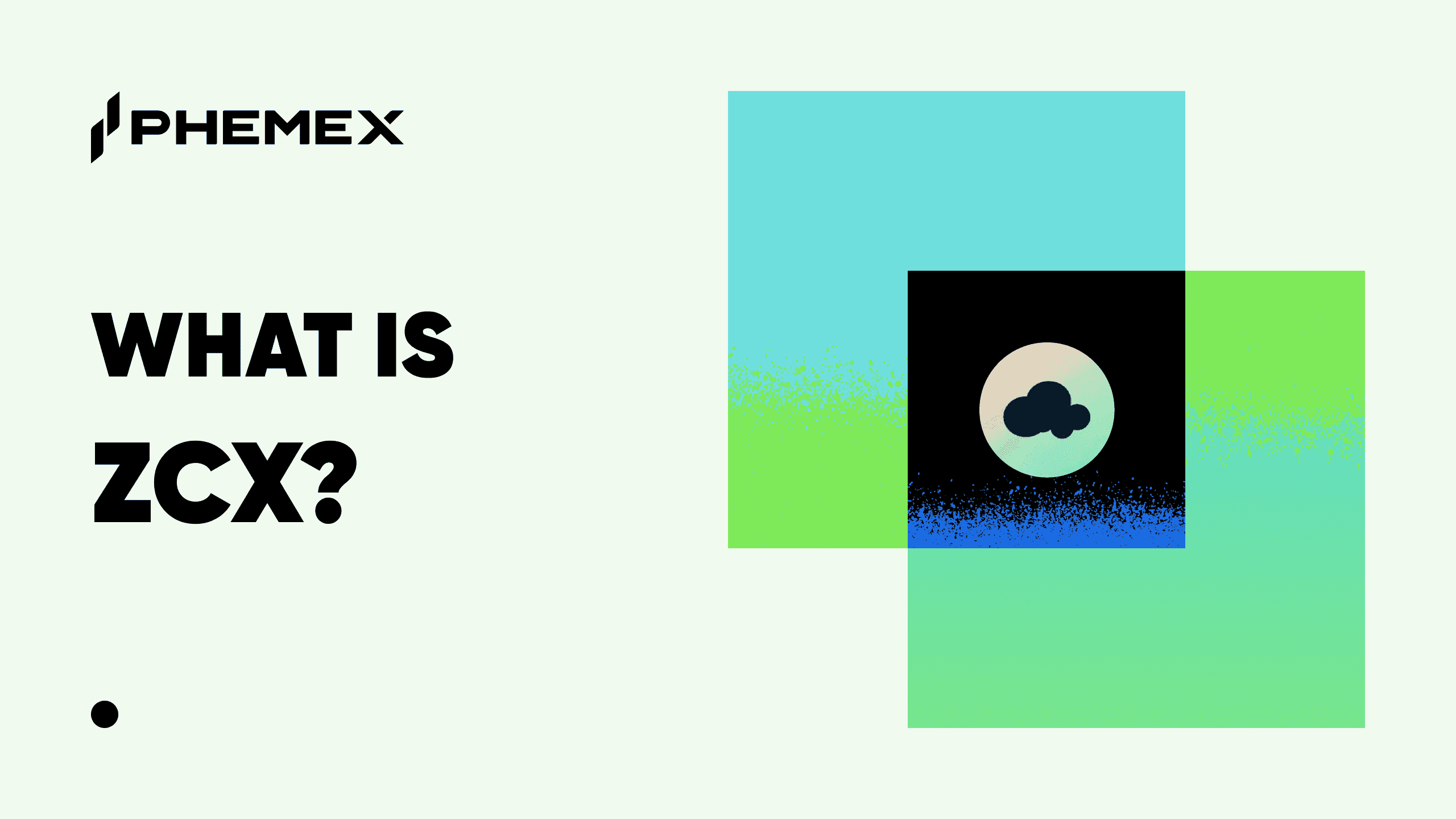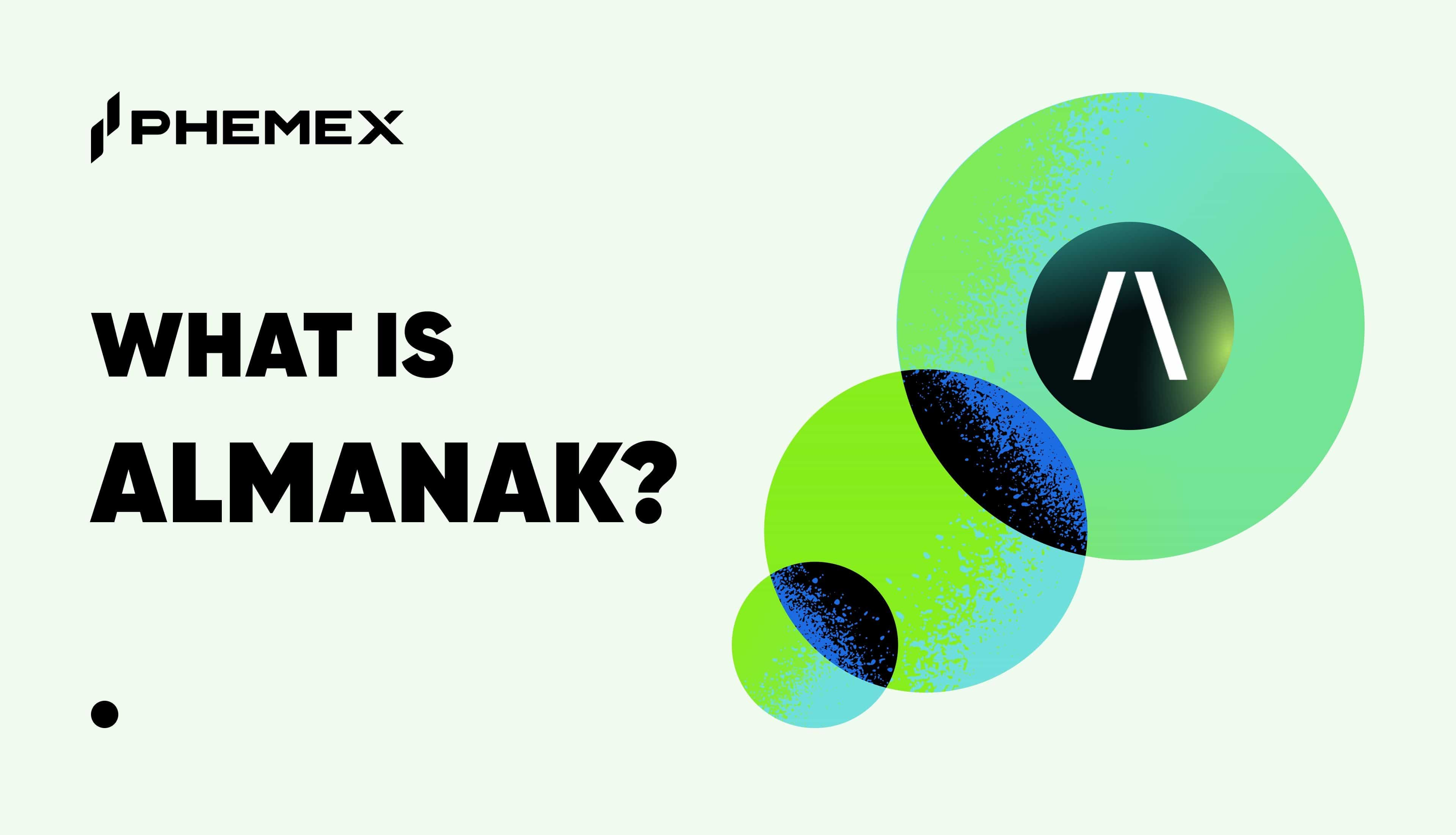What Is APY?
In traditional finance, a savings account usually has both a simple interest rate and an Annual Percentage Yield (APY).
- Annual Percentage Yield (APY) is the annual return from the principal and accumulated interest from investments or savings.
- The simple interest rate is the amount of interest earned on the deposit. For example, suppose an account from a particular bank offers an annual interest rate of 5%. If a user deposits $1,000 USD into the account, they will have $1,050 USD in the account after a year.
Interest rate vs. APY
The interest rate does not consider the effects of compounding, but APY does. The APY refers to the projected rate of annual return gained on a deposit after accounting for compound interest. Compounding interest is the interest that a particular user earns from their principal (the original amount of investment made in an asset) and the interest earned from the initial deposit.
Real-life example of an APY
As an example, suppose the account mentioned above compounds the interest monthly. If the same user deposits $1,000 USD into this account, they will have $1,051.16 USD after a year. The difference between the two may seem insignificant, but over time the gains will be considerable. Unfortunately, most savings accounts in traditional finance offer very low APYs, with the highest at around 0.70% and the lowest around 0.06%. As a result, any interest income from savings account deposits are pretty minor compared to returns from stock market investments.

How does APY work in Crypto?
In the cryptocurrency world, APY works the same way. Users can earn compounding interest on their cryptocurrency by keeping them in savings accounts, staking the tokens, and yield farming by providing liquidity to liquidity pools. These interest-bearing activities are available through cryptocurrency exchanges, decentralized finance (DeFi) protocols, and wallet applications. Generally, users earn interest in the same cryptocurrency as what they deposited. However, there are cases in which users might earn interest in a different cryptocurrency.
What is a good APY for Crypto?
Typically, the APY earned by depositing crypto is much higher than that of the savings accounts in traditional finance. Most cryptocurrency projects offer an APY of over 1%. For example, users that deposit Tether (USDT) on Phemex will receive an estimated APY of 7% without even needing to lock in the funds for a fixed period. If users are willing to accommodate a 7-day lock period, the APY can rise to 10%. There are also projects offering very high APYs of over 100%, usually on DeFi platforms such as PancakeSwap (CAKE), Uniswap (UNI), and SushiSwap (SUSHI).
The APY rates across platforms are very competitive. If the transaction fees are low enough, yield farmers may switch between liquidity pools on different platforms to maximize earnings. However, users should be aware that some projects may be fundamentally unsound so everyone should choose their investments carefully.

APY vs. APR (Annual Percentage Rate): What are the differences?
Annual Percentage Yield (APY) and Annual Percentage Rate (APR) seem very similar as both involve interest. Some users even use these terms interchangeably. However, APY and APR are not the same.
As previously mentioned, APY is the annual return from the principal and accumulated interest from investments or savings. In contrast, APR is the annualized interest on a particular debt.
When a user possesses any type of loan, their lender will assign a specific APR to them. APRs can be fixed or variable depending on the type of loan and the user’s requirements. The APR tends to be higher than the loan’s nominal interest rate as it factors in the fees such as closing costs, insurance, and origination fees (the process fee for a new loan application). However, unlike APY, the APR does not consider compounding and is a simple interest rate.
For APY, a higher percentage is better as users earn more from their deposits and investments. However, a high APR on a debt means that users will need to pay more interest. The APR that users have to pay is typically associated with the users’ credit scores. If a user has a good credit score, then they qualify for a lower APR. If a user has a bad credit score, then they are assigned a high APR. On the other hand, APY is unrelated to a user’s credit score.
Since crypto lending and borrowing do not involve credit scores, the APR is associated with market fluctuations instead. Like APY, the APR increases when demand is high and decreases when the market is stable.
How Is APY Calculated?
The APY can be determined with a specific formula. This formula is typically used in traditional finance, where the nominal interest is mostly the same across a long period of time. It involves the values of the nominal interest rate and the number of compounding periods. The definitions of the two are as follows:
- The nominal interest rate is the interest rate before taking inflation into account.
- The compounding period refers to the time frame between when the interest was last compounded and when it will be compounded again. For example, monthly compounding means that the interest will be compounded every month. It can be monthly, daily, annually, or any other time frame.
APY Formula
The formula for the calculation of the APY is as follows:

Why Is the APY So High in Cryptocurrency?
APYs in the cryptocurrency world constantly change. As a result, the APY shown on cryptocurrency exchanges, liquidity pools, and staking pools are often just estimates. The volatility arises from the change in supply and demand of particular crypto assets. If the demand for a specific crypto asset is high, the interest rate and the APY will typically increase as well.
The projects’ specified blockchain protocol also plays a part in the calculation of the APY, because the compounding period may be different for each project. For example, some projects compound interest according to the mined block per block cycle, while others work with different time frames. The more the number of compounding periods, the higher the APY will be. However, the difference is relatively minor.
For example, suppose a user deposits $100,000 USD into an account with an interest rate of 5% and compounds interest monthly. They would have about $105,116 USD after a year, giving an APY of 5.116%. If the account compounds interest daily, the user would have around $105,126 USD after a year, providing an APY of 5.126%. The difference between the monthly and daily APYs is approximately 0.01%.
As mentioned previously, the APY for a particular crypto project depends on the supply and demand of the crypto project’s assets. A high demand translates to a high APY. Most of the very high APY offerings come from yield farming or liquidity mining. Users provide liquidity into liquidity pools and lend their tokens to others to earn yield and rewards.
Crypto Lending
If users are earning more than 1% from lending, it means that other users are willing to pay more than 1% interest to borrow that crypto asset. Generally, crypto lending allows users to earn profit by using them for interest rate arbitrage, short-selling, and other uses:
- Interest rate arbitrage involves borrowing crypto assets from low-interest pools to lend to higher-interest pools and earn the difference as profit.
- Short-selling refers to borrowing a specified value of a crypto asset and selling the borrowed funds in anticipation of a price drop. Once the price does fall, the user can buy back the same amount of crypto-asset at a cheaper price and pocket the difference.
Projects with incredibly high APYs of over 100% are often trying to counter impermanent loss, which occurs when the ratio of tokens in a particular pool is unbalanced. High APYs are common for new projects launching on decentralized exchanges (DEX). This is because in the early days of a coin’s lifetime, the price is very volatile, and there is a high possibility of a dump. By offering massive APYs, these projects try to offset the impermanent loss and entice users to continue providing liquidity instead of selling. After some time, it is common to see the APY drop as the number of liquidity providers grows and the project stabilizes.

Conclusion
The Annual Percentage Yield (APY) is the rate of return on an investment after considering the principal and compounded interest. A high APY means that users gain more with their deposit. Hence, users looking to deposit their crypto should consider the APY when they compare platforms. However, users should take note that the APY fluctuates.
Most crypto savings options and liquidity pools offer APYs of over 1%. Some newer projects even provide APYs for over 100% to combat impermanent loss and price volatility. As a result, users can leverage such pools to earn a nice profit. However, users should do their own research before depositing in case of potential scams and rug pulls.
Read More
- APR vs. APY in Crypto: Which Gives Better Returns?
- What is a Cryptocurrency Savings Account & How does it Work?
- Yield Farming: Is It Still Worth Doing In 2022?
- What Is DeFi: How To Be Your Own Bank With $100
- Crypto ROI: How to Calculate Return on Investment (ROI) for Crypto?
- What is Yield Farming & How does it Work?
- What is Aave: A Top DeFi Lending Platform
- Everything You Need to Learn About Yearn.Finance (YFI)










